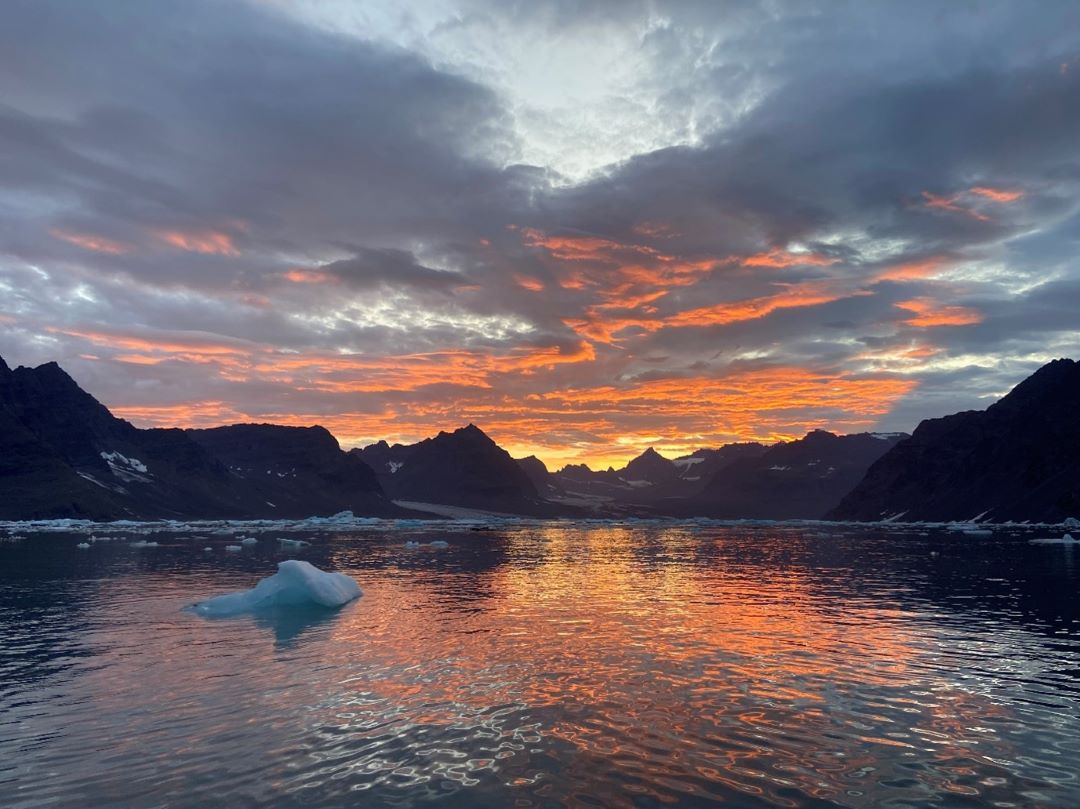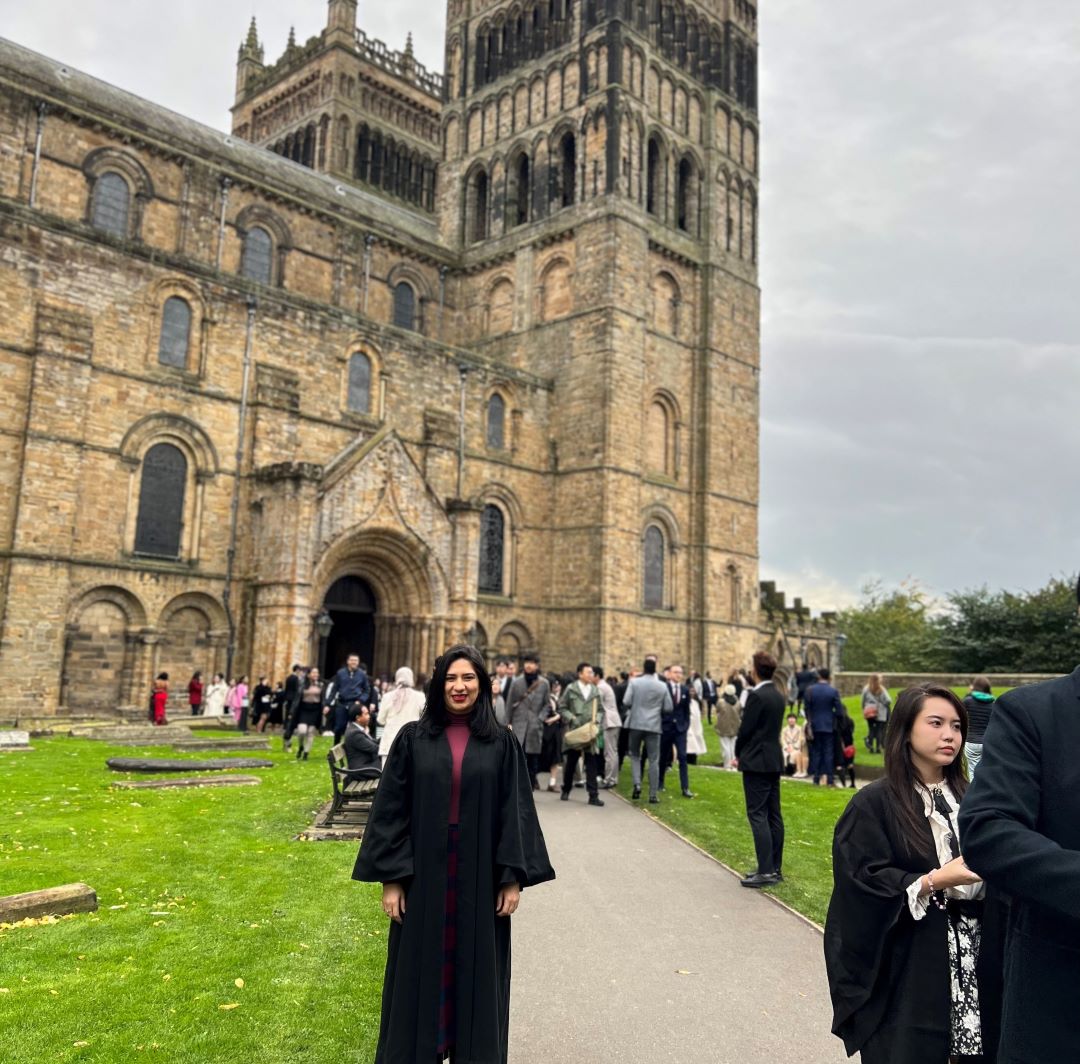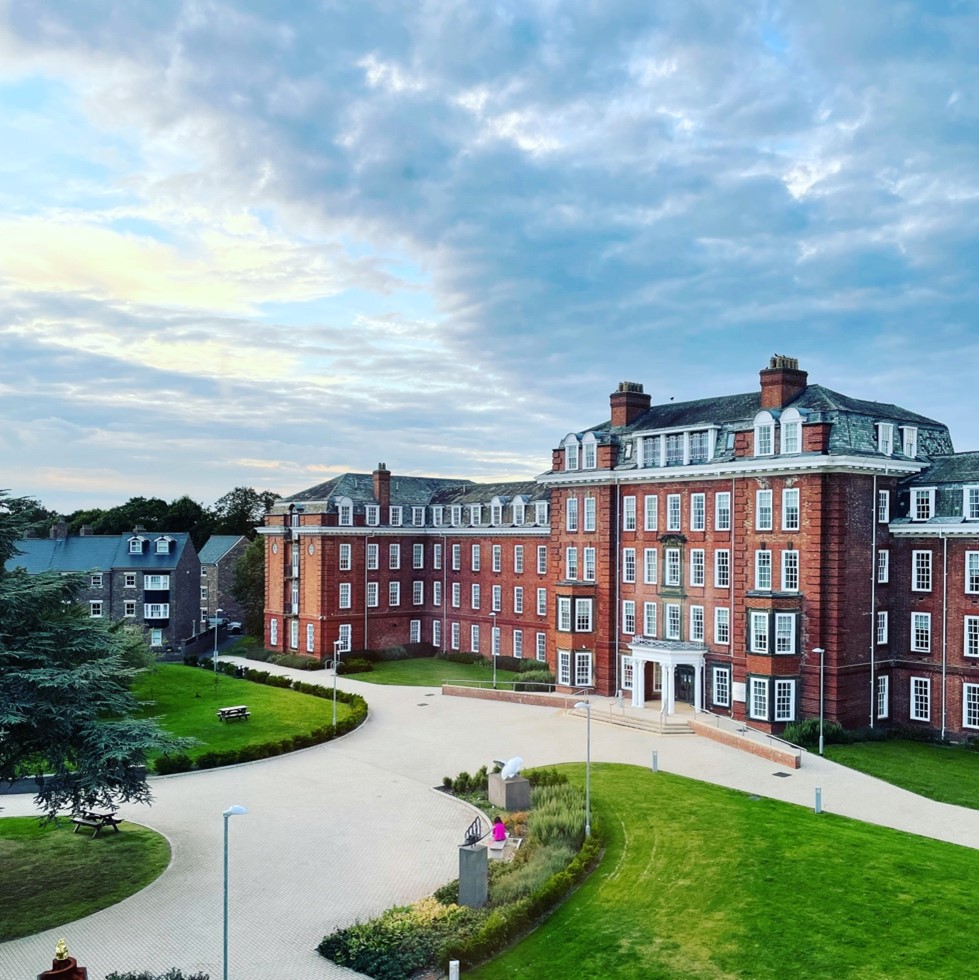The Kang-Glac project
This summer I joined a group of over 40 scientists and support staff on a scientific cruise aboard the RRS Sir David Attenborough to the shelf and fjords surrounding Kangerlussuaq fjord in south east Greenland. The 3 year project aims to gather data on modern day oceanography and primary productivity in Greenland’s coastal seas, and collect marine sediment cores alongside terrestrial rock samples to reconstruct past glacier thickness and extent.
I have been working with the marine sedimentology team collecting sediment cores of up to 10 m from the seafloor in the fjords and shelf sea surrounding the Kangerlussuaq area. Sediment is continuously being deposited on the seafloor, trapping a snapshot of the biological, geochemical and sedimentological condition at the time of deposition. We can use these signals preserved in this mud to work out how the oceans near Greenland have affected the ice sheets in the past, and in turn how fresh melt water from melting glaciers has changed the oceans and our climate.
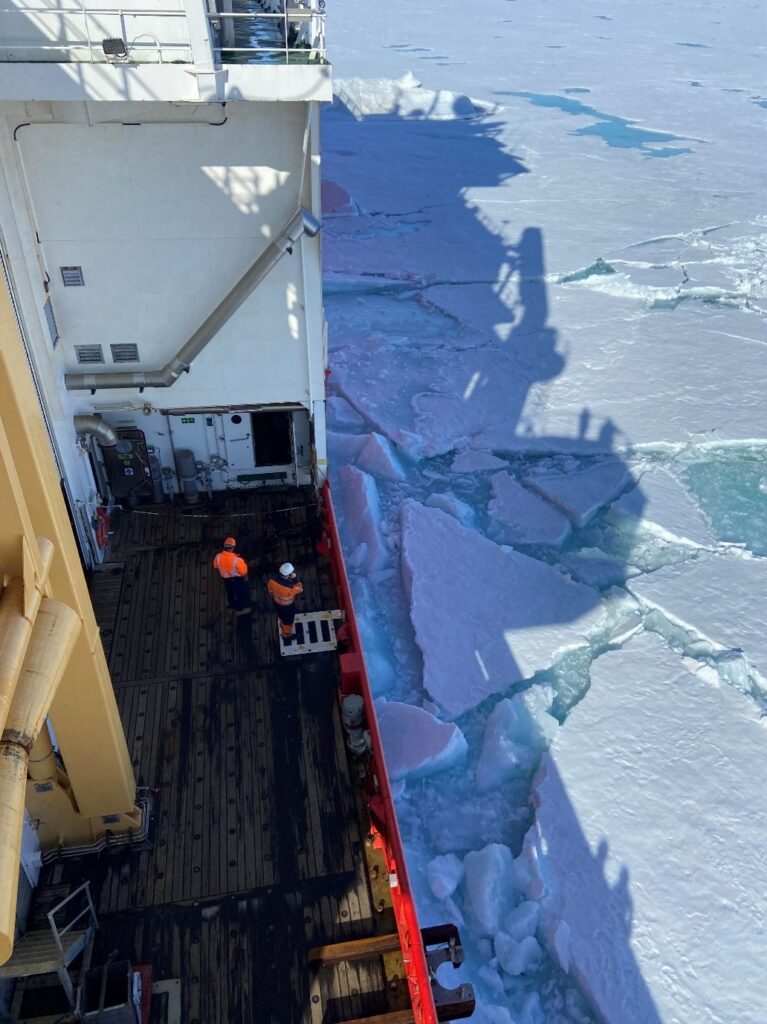
Working on the ship
We work 12 hour shifts from 8 to 8 with people working 24 hours of the day. My team were on night shift from 8pm to 8am enjoying the arctic midnight sun and some beautiful sunsets and sunrises (sometimes only an hour apart).
We have three methods to collect sediment cores, the gravity and piston cores for longer records (up to 10 m) and the multicore to collect 12 50 cm cores at one time.

Once on deck, the yellow plastic liner containing the sediment within the longer gravity and piston cores needs to be cut into more manageable 1 m sections. We use a core cutter which is a blade on a ring to slice the liner open, then cut through the mud with a cheese knife. We put a cap on each end then label the sections.
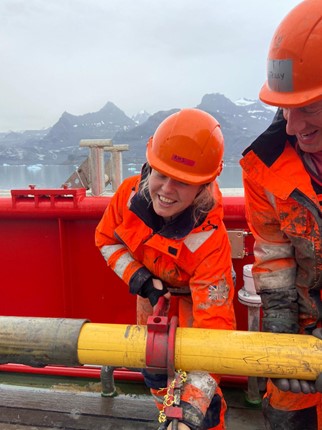
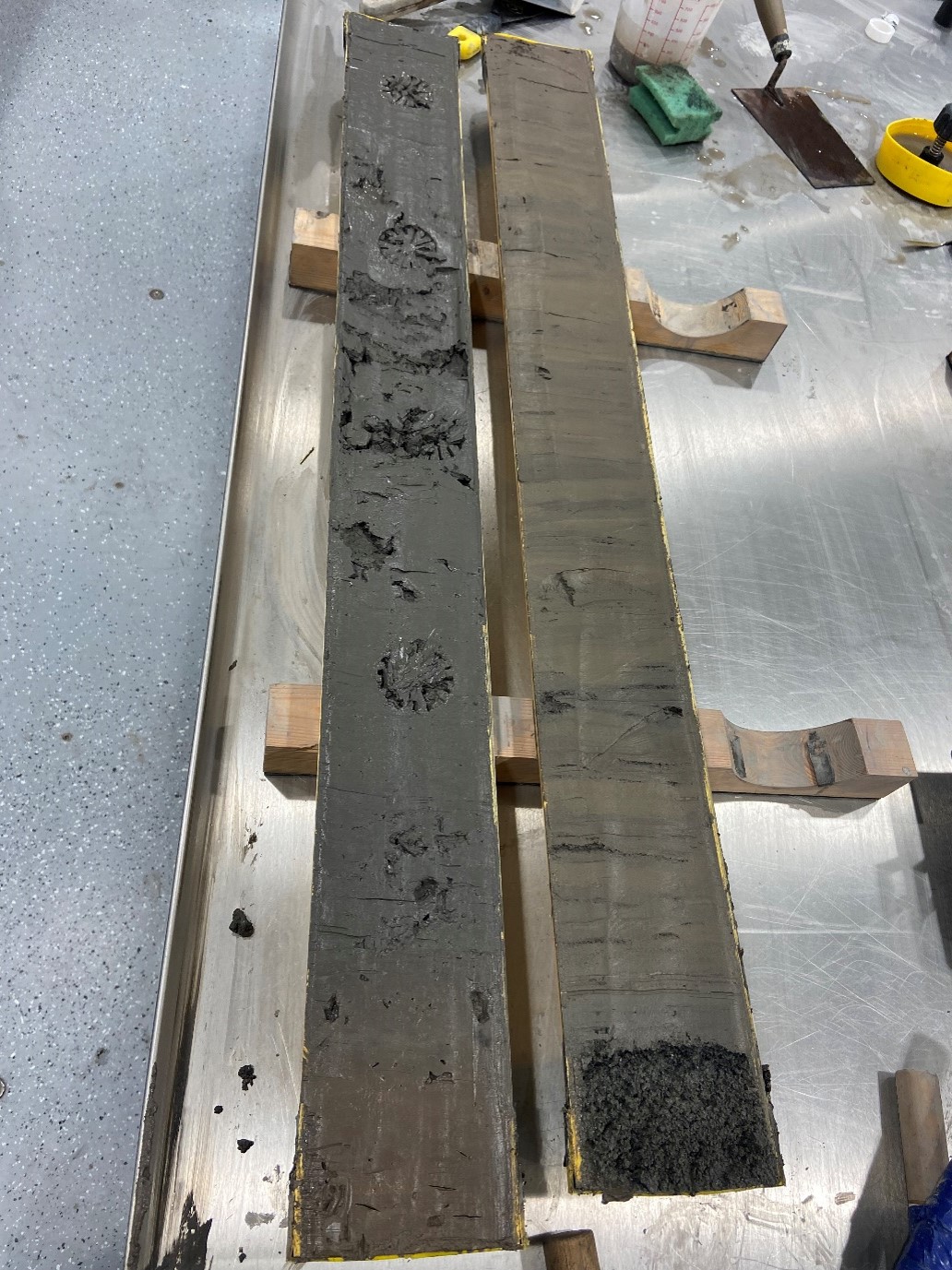
On nights when there are no coring deployments we would split open a core or two to log the sediment and take a few samples. This involves cutting lengthways along the liner before cutting through the sediment with cheese wire. This gives us an initial glimpse at the sediments that we have collected, and will help us to decide which cores are best suited for further analysis.
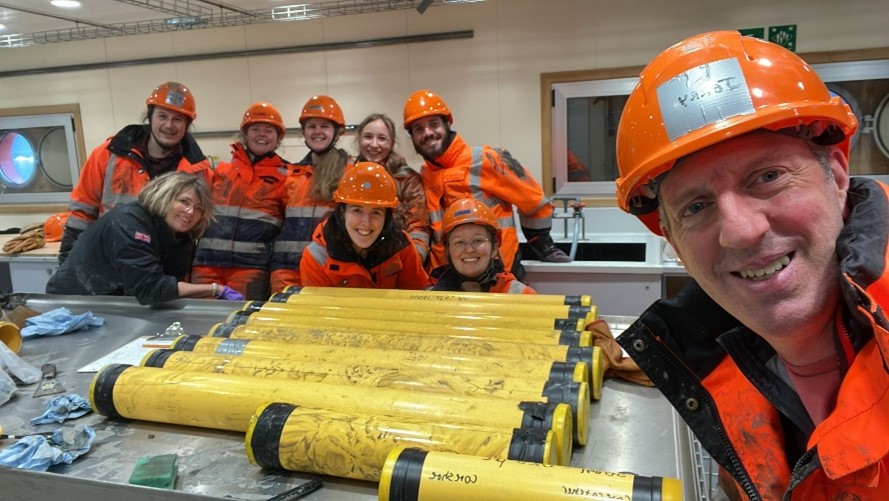
Once the core is open, we can sample for foraminifera (tiny shells from creatures that lived and died on the seafloor). We can identify and count the species of foraminifera under a microscope. Different species like to live in different water conditions, so we can use them to reconstruct relative changes to ocean conditions at the coring site through the Holocene.

Free time
There is a fantastic community feel while on the ship which was fuelled by the weekly quiz, knot tying lessons, some small gym clubs were formed, and even a chat for the sauna (if you wanted to dump a bucket of freezing seawater on yourself first!). A lot of our free time was spent either in the bar or the day room watching movies or playing Mario Kart. If we want some fresh air we can go to the helideck or observation deck to take some pictures and do some whale or polar bear spotting. We even had the time to make up some games in the labs.
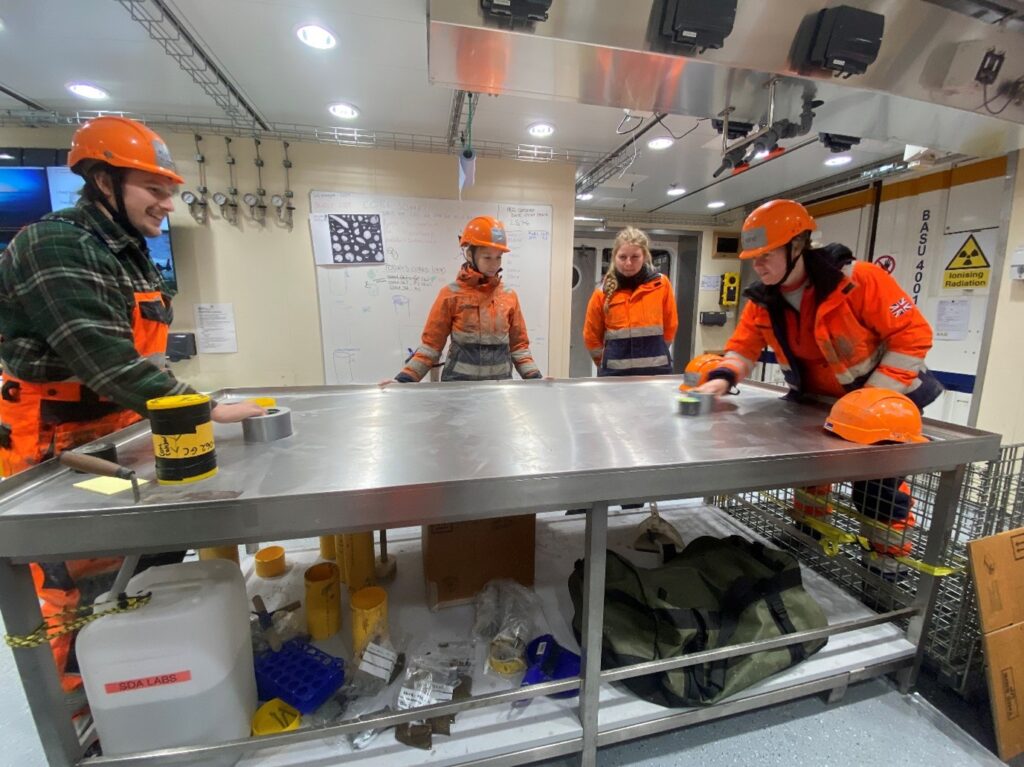
Discover more
Download our latest prospectus and college guide here.
Follow our students on Instagram, TikTok and YouTube.
